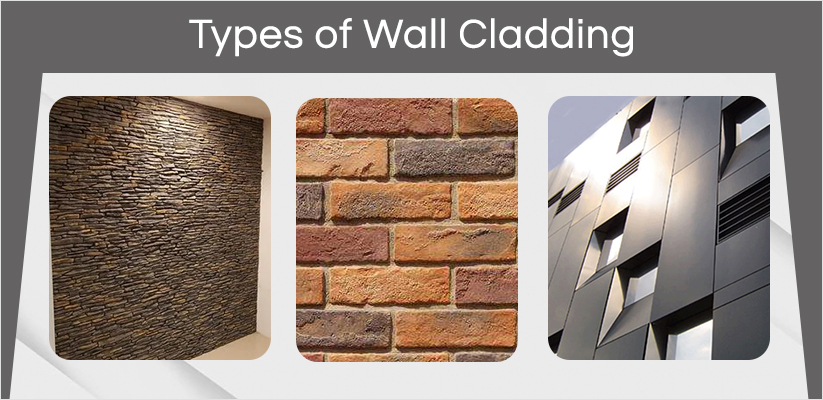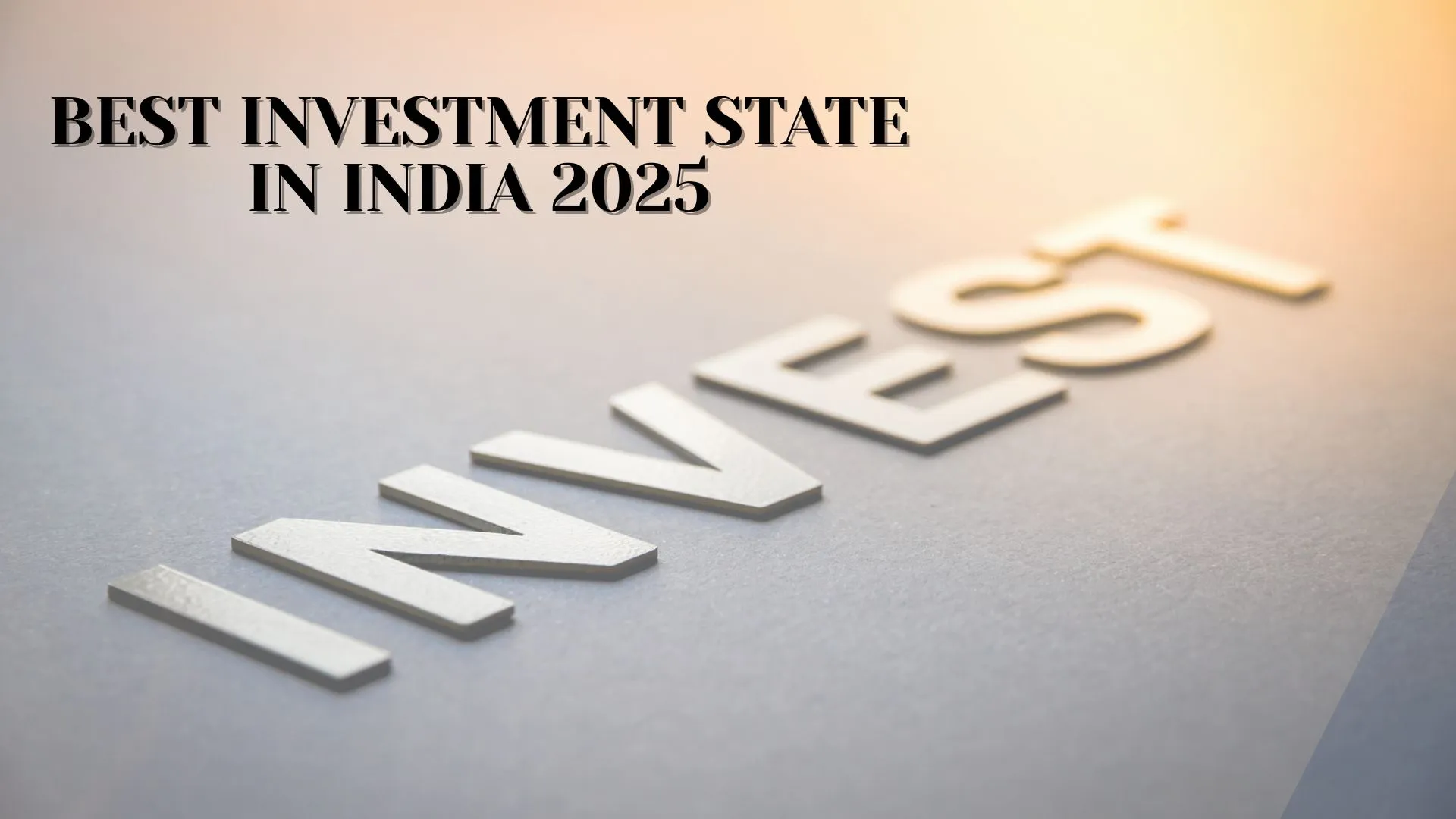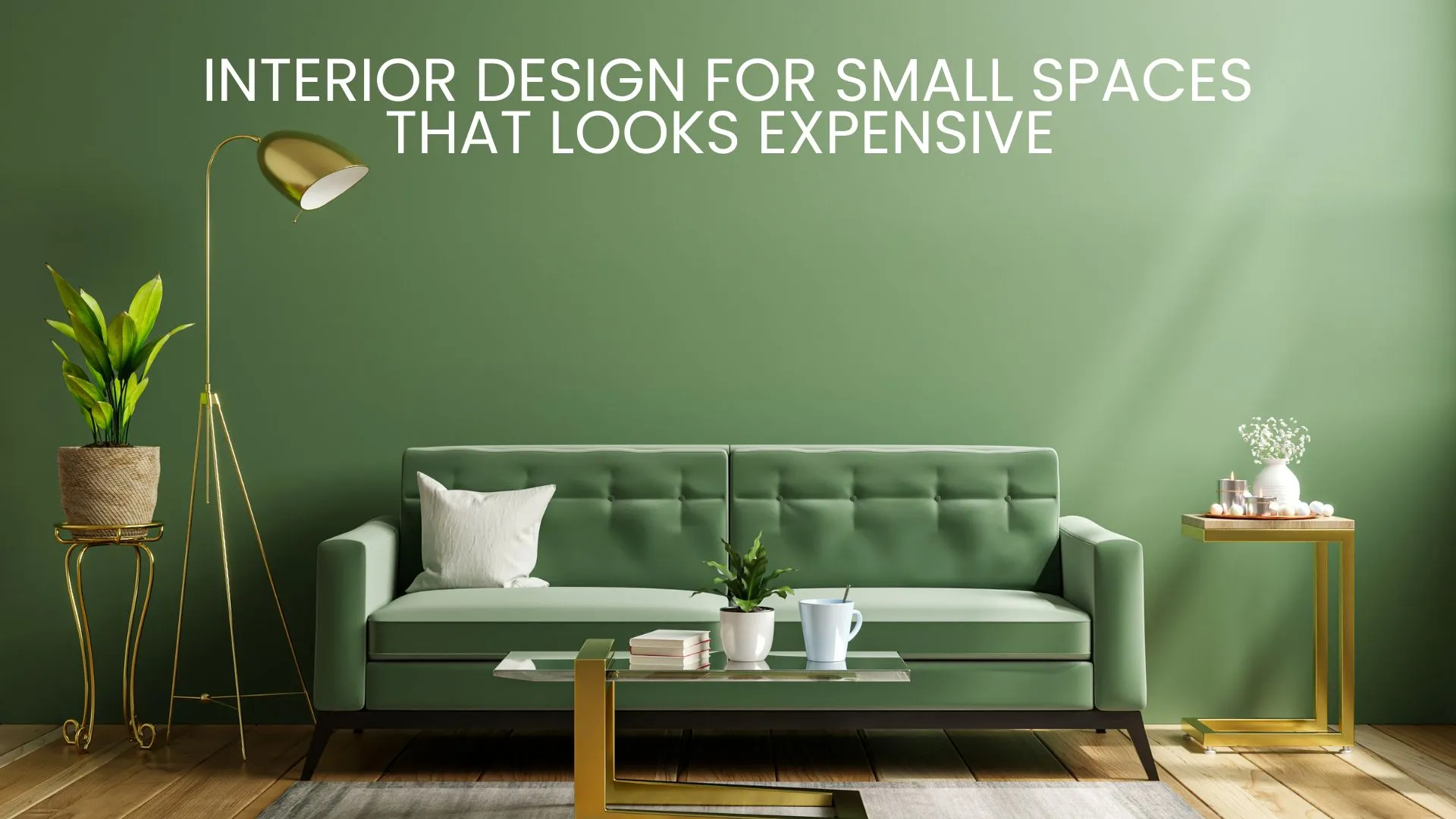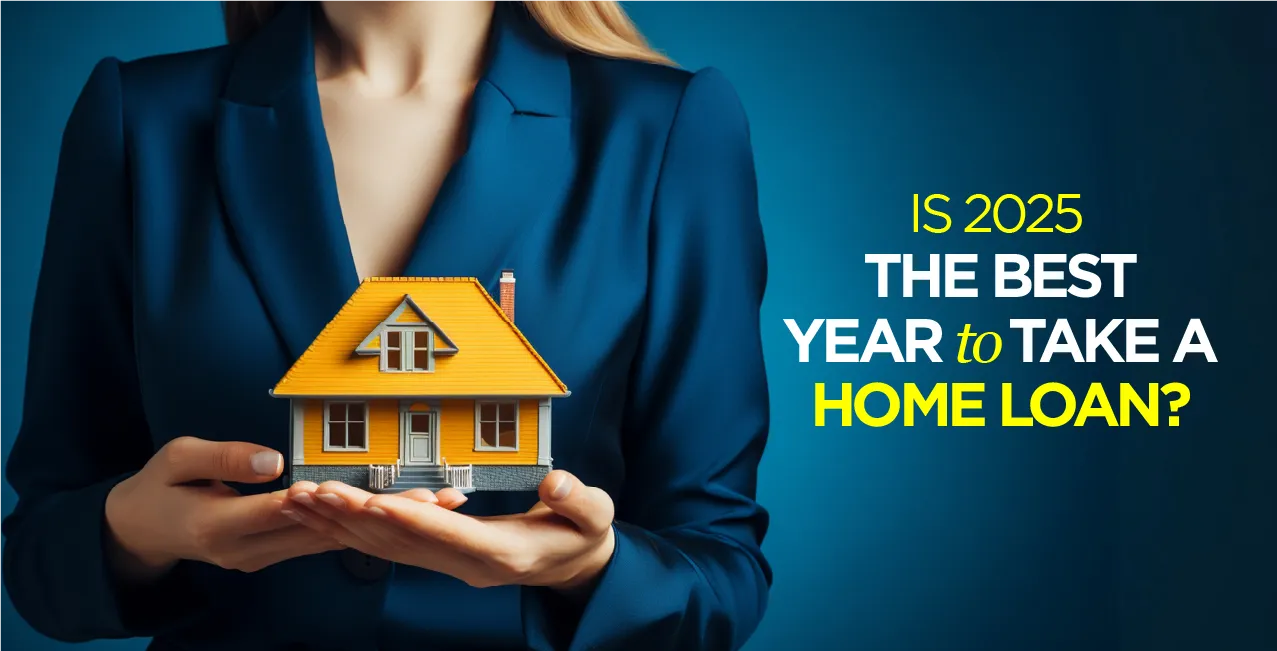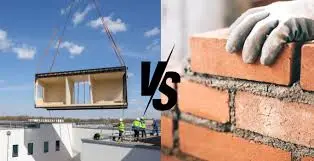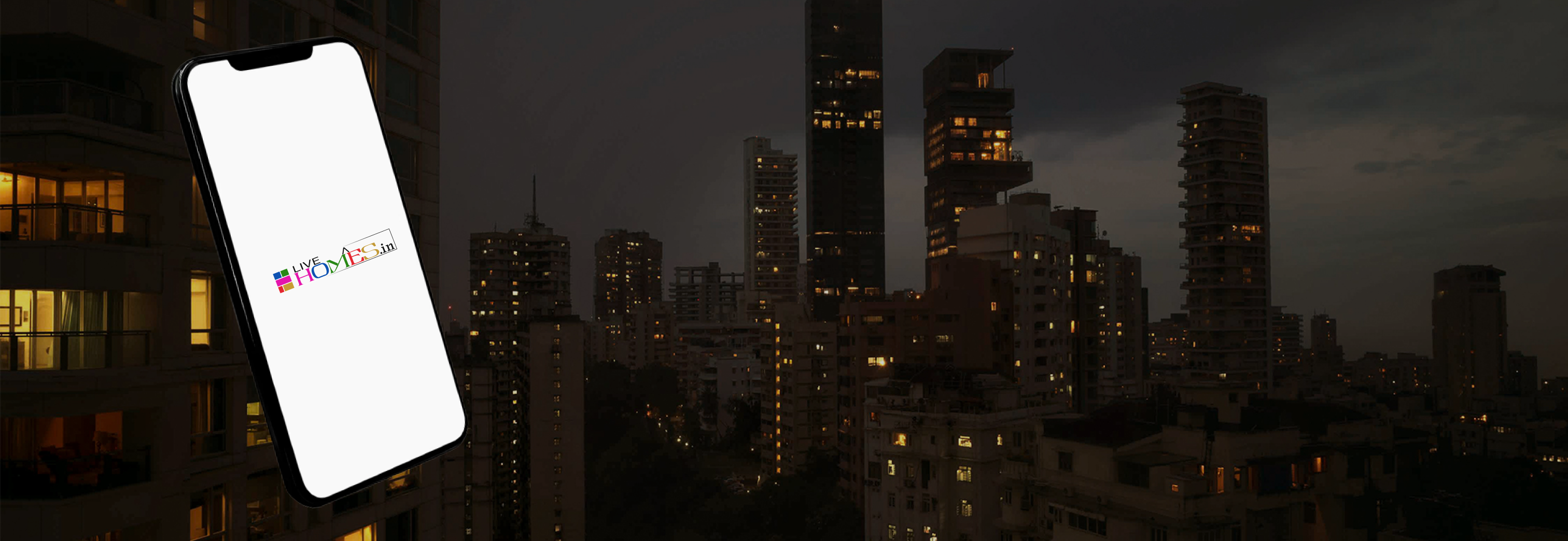Wall cladding is an essential element in building construction, providing both functional and aesthetic benefits. Here are the detailed descriptions of various types of wall cladding:
1. Stone Cladding
Natural Stone Cladding:
- Made from granite, marble, sandstone, slate, etc.
- Offers a natural, elegant look.
- Highly durable and weather-resistant.
- Requires professional installation due to weight and complexity.
Engineered Stone Cladding:
- Manufactured from natural stone pieces bonded together with adhesives.
- Lighter and more affordable than natural stone.
- Consistent in color and texture.
- Easier to install.
2. Wood Cladding
Timber Cladding:
- Uses natural wood like cedar, oak, or pine.
- Provides a warm, rustic appearance.
- Requires regular maintenance to prevent rot and insect damage.
- Can be treated for fire resistance and durability.
Composite Wood Cladding:
- Made from wood fibers and plastic.
- More durable and requires less maintenance than natural wood.
- Resistant to rot, insects, and UV rays.
- Available in various finishes and textures.
3. Metal Cladding
Aluminum Cladding:
- Lightweight and corrosion-resistant.
- Often used in commercial and industrial buildings.
- Can be powder-coated or anodized for different finishes.
- Requires minimal maintenance.
Steel Cladding:
- Strong and durable.
- Can be galvanized or stainless to prevent rust.
- Suitable for industrial and high-rise buildings.
- Can be painted or coated for aesthetics.
Copper and Zinc Cladding:
- Offers a distinctive, luxurious appearance.
- Develops a patina over time, adding character.
- Highly durable and low maintenance.
- More expensive compared to other metals.
4. Vinyl Cladding
- Made from PVC (polyvinyl chloride).
- Cost-effective and available in various colors and styles.
- Lightweight and easy to install.
- Low maintenance but can be less durable than other materials.
5. Brick Cladding
- Provides a traditional, timeless look.
- Highly durable and fire-resistant.
- Offers good insulation properties.
- Can be more expensive and labor-intensive to install.
6. Concrete Cladding
Precast Concrete Panels:
- Made from molded concrete.
- Highly durable and versatile in design.
- Can be textured, colored, or patterned.
- Suitable for large-scale projects.
| "Best Builders Floor Apartment in Chennai" |
*GFRC (Glass Fiber Reinforced Concrete):
- Lighter than traditional concrete.
- Offers flexibility in design and shapes.
- Highly durable and weather-resistant.
- Often used for architectural facades.
7. Ceramic and Porcelain Cladding
- Made from baked clay or porcelain.
- Offers a wide range of colors, patterns, and finishes.
- Highly durable, water-resistant, and easy to clean.
- Often used in modern and contemporary designs.
8. Fiber Cement Cladding
- Made from a mixture of cement, sand, and cellulose fibers.
- Mimics the appearance of wood, stone, or brick.
- Highly durable, fire-resistant, and low maintenance.
- Resistant to rot, insects, and weather.
9. Glass Cladding
- Used primarily in modern, high-rise buildings.
- Provides a sleek, transparent appearance.
- Can be insulated, laminated, or treated for energy efficiency.
- Requires regular cleaning and maintenance.
10. HPL (High-Pressure Laminate) Cladding
- Made from resin-impregnated kraft paper, decorative paper, and a protective overlay.
- Offers a wide range of colors and textures.
- Resistant to impact, moisture, and UV rays.
- Commonly used in commercial and institutional buildings.
11. PVC Cladding
- Made from polyvinyl chloride.
- Lightweight, durable, and easy to install.
- Available in various colors and finishes.
- Low maintenance but can be less resistant to extreme temperatures.
Each type of wall cladding offers unique advantages and aesthetic qualities, making it suitable for different applications and architectural styles.
Also read: Different Types of Interior Style
https://www.livehomes.in/blogs
